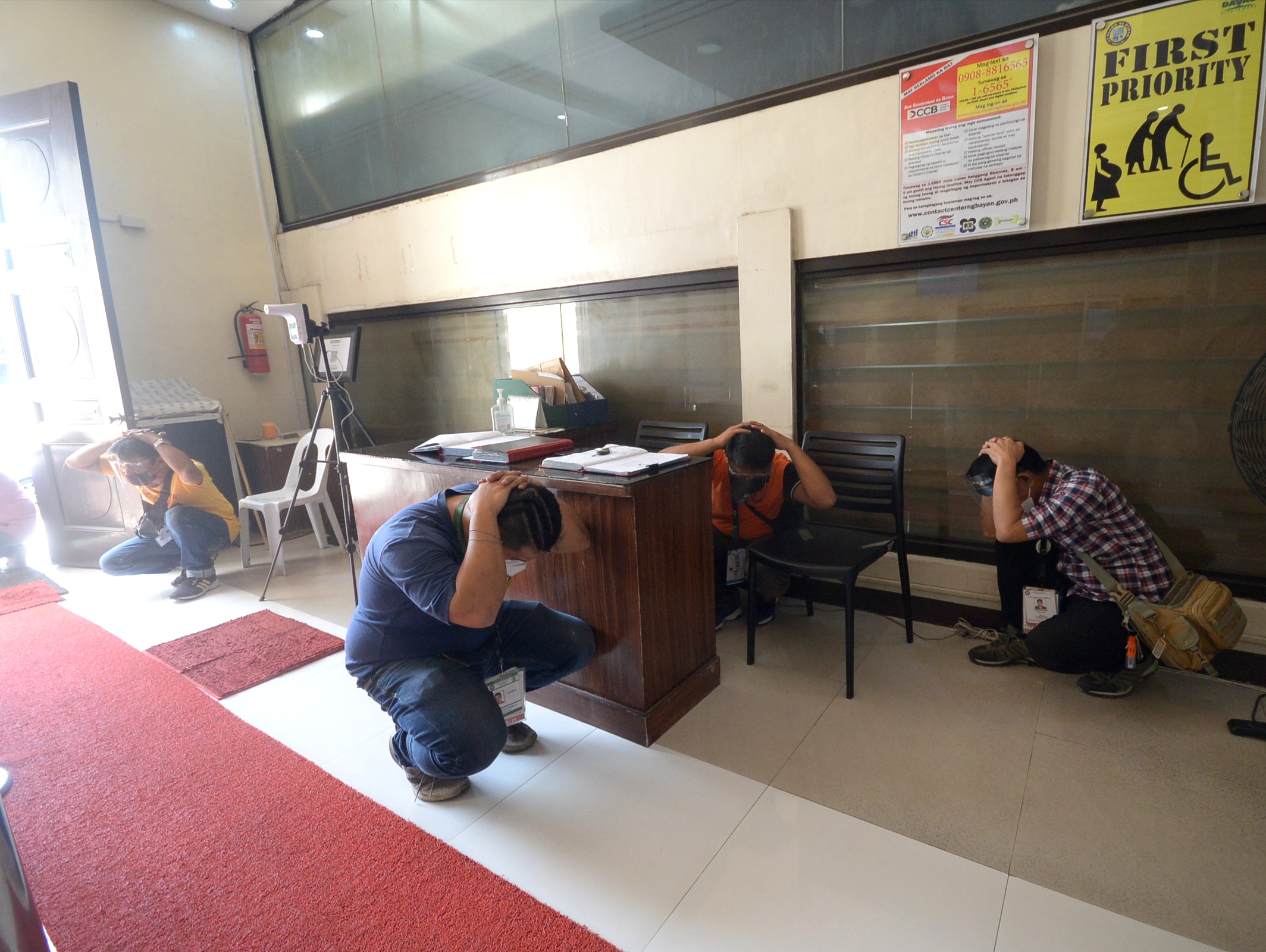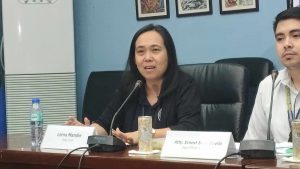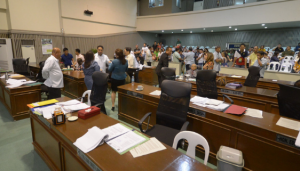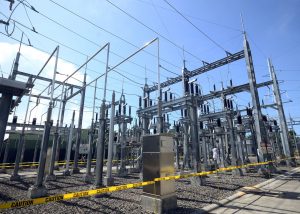- Health center, schools found to be unsafe for occupancy after Oct. 4 quake
THE CITY Engineer’s Office on Thursday released the list of government buildings and schools deemed unsafe following an inspection prompted by the magnitude 6.4 Sarangani quake on Oct. 4, which was felt at magnitude 4.8 in Davao City.
During the iSpeak media forum last week, acting city engineer Joseph Dominic Felizarta said they temporarily condemned the Jacinto Health Center, Saloy National High School, Malabog Day Care Center, and Malabog Elementary School from the 32 schools and 19 government offices they inspected.
“Ang Jacinto Health Center dako kaayo ang cracks gyud wala na namo gipa-occupy. Gihatag na namo ang among inspection report didto para mangayo sila’g funds sa Local Finance Committee nato para ma-renovate ang ilahang buildings. Naay mga ingon-ana nga [recommendation] kadtong na-mention pud ganina sa Saloy National High School, Malabog Day Care Center, and Malabog Elementary School (The Jacinto Health Center has huge cracks so we advised them not to re-occupy it. We also gave them our inspection report so that they can ask for funds from our Local Finance Committee so that they can have the building renovated. We also have the same recommendation for the schools mentioned, the Saloy National High School, Malabog Day Care Center, and Malabog Elementary School),” Felizarta said.
Felizarta added that once declared unsafe for occupancy, the whole building cannot be used.
Apart from the schools mentioned, they have also given recommendations for Norberto Bacarro Elementary School and Imelda Elementary School not to be reoccupied until all the necessary repairs are done; Anecito Barbarona Elementary School to have necessary repairs; Tagakpan Elementary School to restrict usage of rooms and secure services of structural engineer; and Baguio National School of Arts and Trade to cordon identified building due to visible cracks found in the columns, beams, and, unstable wall partition.
“Ang among ginabuhat ana ginabalik namo ang inspection report para mag-request na lang pud sila sa Local School Board nga pa-fundingan ang kaning dapat repairs (What we do is that we give them back the inspection report so that they can request the Local School Board for repair funding),” Felizarta said.
As for private buildings, their office has coordinated with the Philippine Institute of Civil Engineers (PICE) for a joint inspection. He also advised owners of private buildings to direct their in-house staff capable of inspecting buildings to make a safety audit after earthquakes.
Felizarta said that those with major cracks are old buildings.
The results of their inspections also reveal that newly constructed high-rise public buildings do not have major cracks.
“So far, wala man ta mga kuan lang man siya mga hairline cracks lang sa finishing lang. Atoa man gud nga mga buildings karon compliant na siya sa National Building Code. Kung mutukod ka’g three stories naa’y soil test, structural design analysis, gina-incorporate na nato kung asa muagi ang earthquake, kung asa ang fault line niya na incorporate pud na siya didto sa design sa atoang structural engineers kay ginakuhaan nato sila og mga requirements (So far we only saw hairline cracks in the finishing. Our new buildings are already compliant with the National Building Code. If you build more than three stories, there is already a requirement for a soil test and structural design analysis. We already incorporated the fault line to the design of our structural engineers because we asked them for those requirements),” Felizarta said.
Moreover, he said that cracks observed in buildings were marked for easy monitoring in case another earthquake hits.




